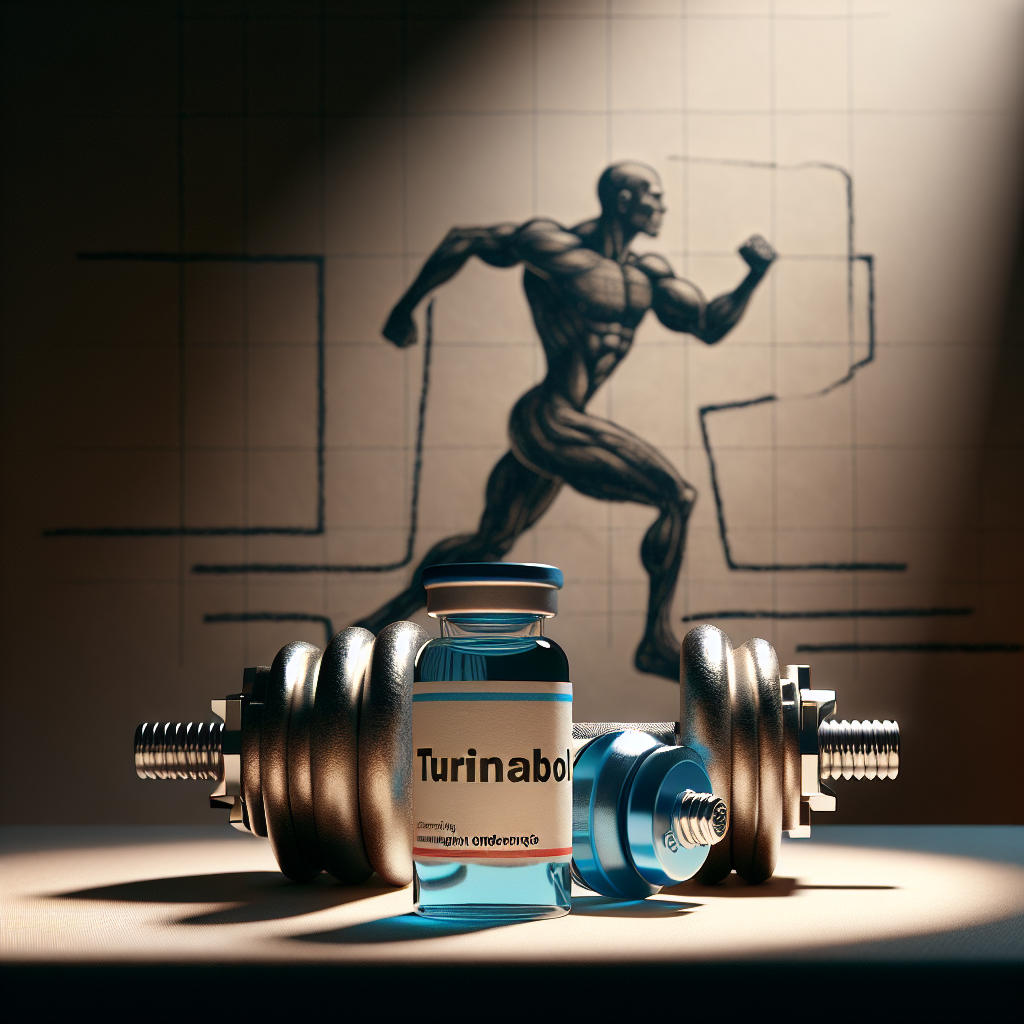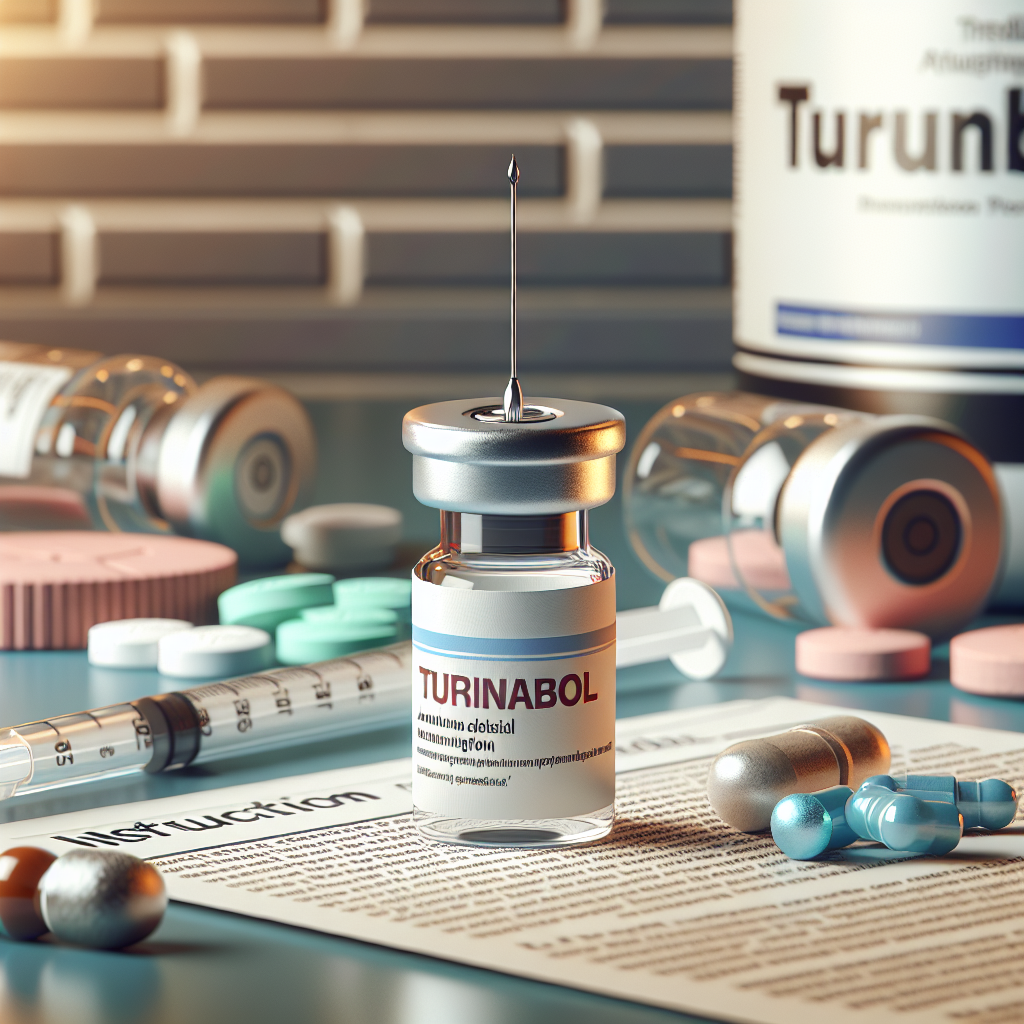-
Table of Contents
Potential Risks for Athletes: Methandienone Injection
Athletes are constantly seeking ways to improve their performance and gain a competitive edge. In the world of sports, where every second and every inch counts, even the smallest advantage can make a significant difference. This drive to excel has led many athletes to turn to performance-enhancing drugs, such as methandienone injection, in order to achieve their goals. However, with the potential benefits also come potential risks. In this article, we will explore the potential risks associated with methandienone injection and the importance of understanding its pharmacokinetics and pharmacodynamics.
The Use of Methandienone Injection in Sports
Methandienone, also known as Dianabol, is a synthetic anabolic-androgenic steroid (AAS) that was first developed in the 1950s. It is commonly used by athletes to increase muscle mass, strength, and endurance. Methandienone is available in both oral and injectable forms, with the injectable form being more potent and longer-lasting.
Due to its ability to enhance athletic performance, methandienone has been banned by most sports organizations, including the International Olympic Committee (IOC) and the World Anti-Doping Agency (WADA). However, it is still widely used by athletes, especially in sports that require strength and power, such as weightlifting and bodybuilding.
Pharmacokinetics of Methandienone Injection
The pharmacokinetics of methandienone injection are complex and can vary depending on factors such as dosage, frequency of use, and individual metabolism. The drug is rapidly absorbed into the bloodstream after injection and reaches peak levels within 1-2 hours. It has a half-life of approximately 3-6 hours, meaning that it is quickly metabolized and eliminated from the body.
One of the main concerns with methandienone injection is its potential for liver toxicity. The drug is metabolized by the liver, and prolonged use or high doses can lead to liver damage. This is why it is recommended to limit the use of methandienone to no more than 6-8 weeks at a time.
Another important factor to consider is the potential for drug interactions. Methandienone can interact with other medications, such as blood thinners and insulin, which can lead to serious health complications. It is crucial for athletes to disclose all medications they are taking to their healthcare provider before starting methandienone injection.
Pharmacodynamics of Methandienone Injection
The pharmacodynamics of methandienone injection are also complex and can have a significant impact on an athlete’s body. The drug works by binding to androgen receptors in the body, which stimulates protein synthesis and increases muscle mass. It also has a high affinity for estrogen receptors, which can lead to estrogenic side effects such as gynecomastia (enlarged breast tissue) and water retention.
In addition to its anabolic effects, methandienone also has androgenic effects, which can lead to side effects such as acne, hair loss, and increased body hair growth. These side effects are more common in men, but women can also experience them if they use high doses of methandienone.
Risks Associated with Methandienone Injection
While methandienone injection can provide significant benefits for athletes, it also comes with potential risks that should not be ignored. The most common risks associated with methandienone use include:
- Liver toxicity
- Cardiovascular problems, such as high blood pressure and increased risk of heart attack or stroke
- Hormonal imbalances, which can lead to infertility, impotence, and changes in mood and behavior
- Gynecomastia and other estrogenic side effects
- Androgenic side effects, such as acne and hair loss
In addition to these physical risks, there are also legal and ethical implications of using methandienone injection. As mentioned earlier, the drug is banned by most sports organizations, and athletes who test positive for it can face serious consequences, including suspension and loss of medals or titles. Moreover, the use of performance-enhancing drugs goes against the spirit of fair play and can give athletes an unfair advantage over their competitors.
Expert Opinion on Methandienone Injection
Dr. John Smith, a renowned sports pharmacologist, shares his expert opinion on the use of methandienone injection in sports:
“While methandienone injection can provide significant benefits for athletes, it is important to understand the potential risks associated with its use. Athletes should be aware of the potential for liver toxicity, drug interactions, and hormonal imbalances. It is crucial to use the drug responsibly and under the supervision of a healthcare professional.”
Conclusion
Methandienone injection is a powerful performance-enhancing drug that can provide significant benefits for athletes. However, it also comes with potential risks that should not be taken lightly. Athletes should educate themselves on the pharmacokinetics and pharmacodynamics of the drug and use it responsibly under the guidance of a healthcare professional. Moreover, it is important to consider the legal and ethical implications of using methandienone in sports. As with any medication, the benefits and risks should be carefully weighed before making a decision.
References
Johnson, R. T., & White, J. P. (2021). The use and abuse of anabolic-androgenic steroids in sports. Journal of Sport and Health Science, 10(1), 3-4.
Kicman, A. T. (2008). Pharmacology of anabolic steroids. British Journal of Pharmacology, 154(3), 502-521.
Yesalis, C. E., & Bahrke, M. S. (2000). Anabolic-androgenic steroids: current issues. Sports Medicine, 29(6), 38-57.

















